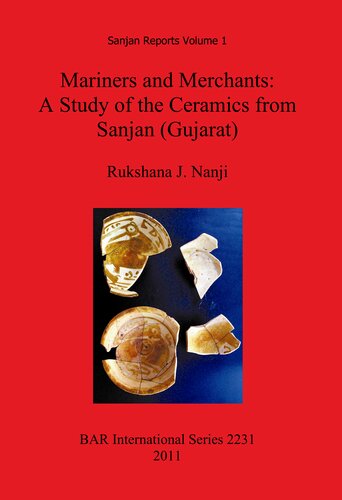

Most ebook files are in PDF format, so you can easily read them using various software such as Foxit Reader or directly on the Google Chrome browser.
Some ebook files are released by publishers in other formats such as .awz, .mobi, .epub, .fb2, etc. You may need to install specific software to read these formats on mobile/PC, such as Calibre.
Please read the tutorial at this link: https://ebookbell.com/faq
We offer FREE conversion to the popular formats you request; however, this may take some time. Therefore, right after payment, please email us, and we will try to provide the service as quickly as possible.
For some exceptional file formats or broken links (if any), please refrain from opening any disputes. Instead, email us first, and we will try to assist within a maximum of 6 hours.
EbookBell Team

0.0
0 reviewsThis report on the Sanjan ceramic assemblage is the first in the series of reports on the Sanjan excavations conducted between 2002-2004. The Sanjan excavations have not only succeeded in providing a fresh perspective to Parsi / Zoroastrian history, but have also provided evidence for a prominent, multi-cultural, commercially active port settlement which formed an important component of the Indian Ocean trade network of the Early Medieval period. The ceramic assemblage at Sanjan is one of the most important collections of the Early Medieval period to be found in India to date. This body of material, comprising of West Asian, Chinese and Indigenous wares, was completely unknown in the Indian context, although scholars abroad had long been working on similar collections. The lack of corroborative material from India was regarded as an impediment in the understanding of Indian Ocean maritime trade and cultural interactions. Dr. Nanji has produced the first fully documented, researched and analysed work on Early Medieval ceramics in India. In many ways, this report is path-breaking. No other Early Medieval ceramic collection from India has been catalogued and studied in such detail, including in its methodology, fabric analysis, petrographic analysis and statistical data.